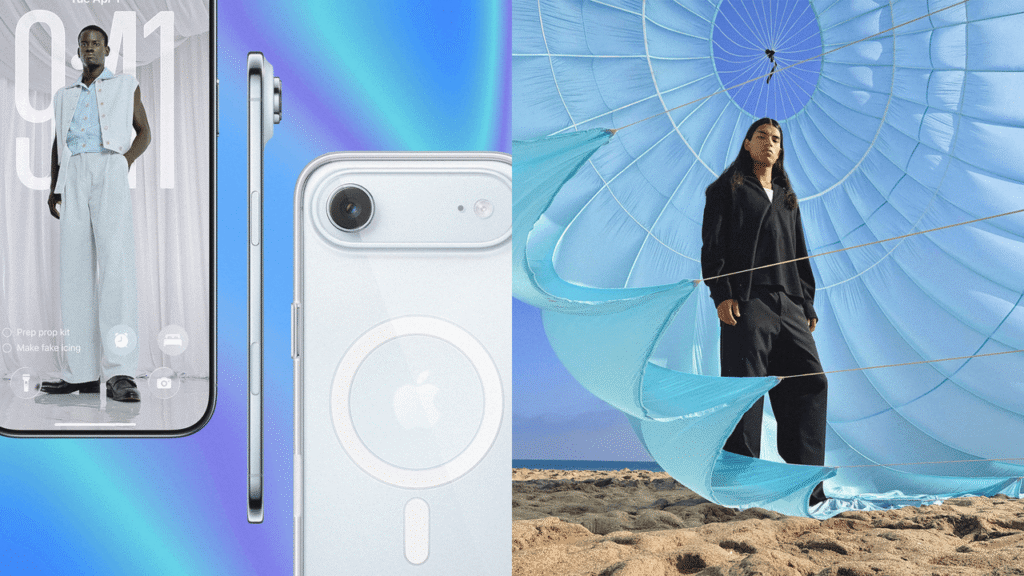It’s a great time to be a millennial: Watches are getting smaller. Jeans are getting skinnier. Hell, even Coldplay were culturally relevant again for a brief moment. The phones, though? They’re pretty much sticking to the same gargantuan proportions as ever. Except the new Apple iPhone Air, that is.
Unveiled today by CEO Tim Cook, alongside the Apple Watch Series 11 and AirPods Pro 3, the iPhone Air is the thinnest smartphone Apple has ever made. Yep, at 5.6mm it’s dramatically thinner than last year’s iPhone 16 and still notably more svelte than the “surfboard” iPhones of old. How does it shape up against a Motorola Razr? Thinner still. Truly, these are halcyon days for long-time fans of The Rock, those who got a bar piercing in tribute to My Chemical Romance and, frankly, anyone who’d rather not be lumbering around with a brick of a phone in their pocket.
To see whether the iPhone Air lives up to the inevitable hype, we got hands-on with all the latest iPhones at their launch event in Apple Park, Cupertino.
Air by Name, Air by Nature
In Apple lore, the iPhone Air has some serious expectations to live up to. When Steve Jobs introduced the first MacBook Air in 2008, he pulled the laptop out of a padded envelope to signify just how light and compact it would be. As such, the iPhone Air measures just 5.6mm—making it not only the thinnest iPhone that Apple has ever made, but the smallest flagship smartphone on the market right now.
Now, as anyone who lived through the era of itty-bitty phones will remember, those things were nowhere near as capable as the AI-toting, 5G-enabled devices that are kicking around in 2025. As much as you can’t manufacture a phone this thin without making a few sacrifices along the way, the iPhone Air is remarkably well-specced, considering its aesthetic. It has an ample 6.6-inch screen using the same silky smooth 120Hz ProMotion display tech seen on last year’s iPhone 16 Pro models. It has Apple’s recent A19 Pro chip and C1X 5G modem, and features all the regulars you expect, such as FaceID, MagSafe, and last year’s handy Camera Control button.
The trade-offs? There’s only one 48MP Fusion camera lens to be getting on with—meaning you miss out on a few zoom and ultra-wide capabilities—and this phone’s stamina is very much TBD. Apple claims that the iPhone Air is capable of all-day battery life, but how that actually works out in practice when you’re flitting between apps and don’t have a charger in easy reach remains to be seen.
Of course, the real appeal of the iPhone Air has little to do with its technical capabilities. Much like a custom Labubu or AP’s mini rose gold Royal Oak, the Air is a flex—practicalities be damned. And on that front, its polished titanium frame and glass-panelled posterior are as hype-worthy as you’d hope for. Get your hands on the thing, and it’s a low-key thrill to play around with, especially given how well its featherweight proportions combine with Apple’s latest Liquid Glass redesign for its iOS 26 software.




